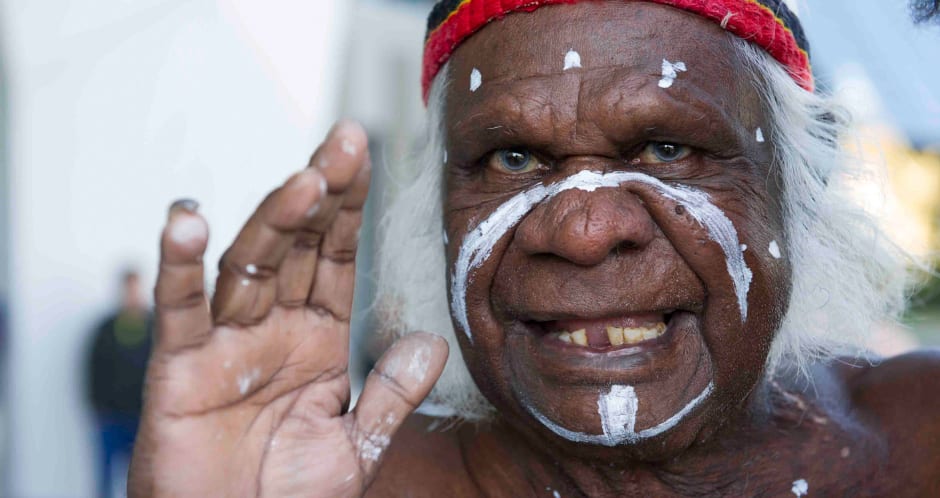
In 2016, there were more than 50,000 Indigenous Australians aged over 60. And by 2026, that figure is expected to reach nearly 90,000.
Australia’s original people – the Aboriginals – often struggle with health issues and receiving support as they age.
Aboriginal Australians have a high rates of severe physical disability, and as much as three times that of non-Aboriginal Australians – which is possibly due to higher rates of chronic diseases such as diabetes and kidney disease.
One study comparing Aboriginal Australians to non-Aboriginal Australians found that obesity and smoking rates were higher among Aboriginals, which are contributing factors or causes of serious health issues.
With such health issues, it would be expected that they would, proportionally, need more support in their later years.
And yet many elderly Aboriginals find that they do not receive the very basics.
Many Aborigines wish to stay in their community, near their friends and family and immersed in their own culture.
And yet, these seniors with high-care needs have no choice but to leave their communities altogether and live in residential care in towns and cities.
In comparisons to metropolitan areas, there is a lack of aged care-specific services in remote parts of Australia.
Aboriginal people living on their own homelands have been found to be in better health that those who live in the city.
However, this means that many have to travel long distances in order to receive basic medical care when they need it.
And on top of that the clinician they may not even speak the patient’s language, have knowledge specific about the patient’s cultural needs or even aged or disability care.
In the past few years, there have been a number of government programs created in an attempt to help communities and aged care organisations to be more inclusive of Aboriginal people.
The National Aboriginal and Torres Strait Islander Flexible Aged Care Program supports culturally appropriate aged care services for older Aboriginal and Torres Strait Islander people close to home and community. These services include residential and home care.
Residential aged care provides a range of care options and accommodation for older people who are unable to continue living independently in their own homes.
Flexible care caters to the needs of older people in a residential or home care setting, who may require a different approach than that provided through mainstream residential and home care options.
And for aged care organisations, there is also the Remote and Aboriginal and Torres Strait Islander Aged Care Service Development Assistance Panel (SDAP), which has been established to address the challenges in maintaining and delivering culturally appropriate and quality aged care services in remote and very remote areas.
Aged care services located in remote and very remote areas and/or services providing care to a significant number of Aboriginal and Torres Strait Islander people anywhere in Australia may be eligible for support from the SDAP.
Service categories:
Aboriginal elders and elder people deserve the best possible support and care as they age. So it’s important for society and organisations to know all their options and to be prepared to take on caring for a unique Australian culture.
What do you have to say? Comment, share and like below.
One main thing that our mobs need is meaningful respite. Not the White ways that is the only choice we have been offered. We need to be on country so we can have peace and quiet place to recharge our minds and bodies recharged . Not paying $1000.00 a night to share a room with 1 or 2 other people. As us elders still night mares about the past phycalogical and mental abuse. It cost half the price to stay in a alcohol and cigarette free place only listening to nature.not cars .busses.and screaming. Of wards in all White room . We don’t drink or drug . We desperately need to have time out in cannons for one and companion dog. I got dementia and noises make my head pain and get more depressed. And can’t make decisions while it’s to noisy and share with 10or so people in one house.
he is very handsome